Tech
The Increasing Move From Cable TV to Online Streaming Platforms
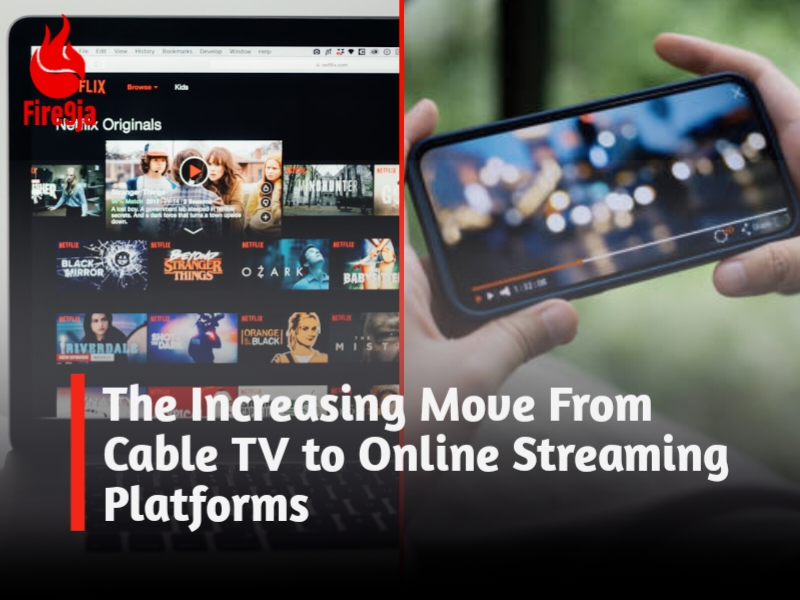
The shift from cable to online TV has been one of the most significant changes in entertainment over the past decade.
What used to be a system dominated by scheduled programming and cable boxes has now moved toward on-demand streaming, where we control what, when, and how we watch.
With streaming platforms like Netflix, Hulu, Disney+, Amazon Prime and many more streaming platforms gaining millions of subscribers, it’s becoming clear that online TV offers flexible advantages over cable.

But what exactly makes online TV so appealing? And does cable still offer anything valuable? Let’s explore the rise of online TV, its characteristics, advantages and disadvantages, and what this shift means for viewers.
Characteristics and Features of Online TV
Online TV offers several features that have redefined television.
1. On-demand Viewing
Unlike cable, which runs on fixed schedules, online TV lets users choose what they want to watch at any time. This convenience allows people to binge-watch a series, pause a show to return later or watch an episode on their phone while commuting.
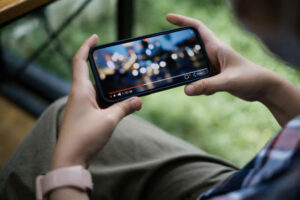
The freedom to watch anytime anywhere has been revolutionary, especially for busy viewers who no longer have to arrange their day around a TV show.
2. Personalization
This is another key characteristic of online TV. Streaming platforms often have algorithms that track your viewing habits and recommend shows based on your interests.
This tailored experience creates a more engaging and enjoyable experience. Profiles within the same account also allow family members to customize their viewing separately.
Unlike cable, which offers the same shows to everyone, online TV brings a more individualized experience.
3. Cross-device Compatibility
This means you can watch on various devices such as phones, tablets, computers, and smart TVs. Many platforms even offer offline viewing, where users can download episodes to watch later without an internet connection.
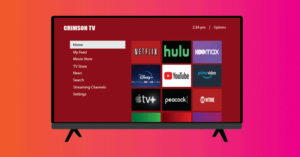
This feature appeals to travellers or people in areas with limited internet access. Cable, on the other hand, is limited to your TV and isn’t portable.
Advantages of Online TV Over Cable
1. Flexibility
One of the biggest advantages of online TV is the flexibility it offers. Gone are the days of rigid cable schedules that force viewers to tune in at specific times.
Streaming allows viewers to watch on their schedule, making it easier for people with busy lives to enjoy their favourite shows without compromise.
This flexibility has become particularly important in a world where people work irregular hours, commute, and often don’t have time to sit down at a fixed time to watch TV.
2. Affordable Pricing Options
Online TV also has a wide range of affordable pricing options. Most streaming services offer monthly subscriptions without long-term contracts, allowing users to cancel anytime.
Many platforms also offer different plans, including ad-supported options at lower prices. This freedom to choose plans that fit one’s budget makes online TV accessible to a broader audience.
Cable, however, is notorious for its high prices and hidden fees, which can add up significantly, leaving many to cut the cord to save money.
3. Ad-free
No commercials—or fewer of them—is another huge plus. Most premium streaming services run ad-free, unlike cable channels which are often packed with ads.
This uninterrupted experience makes watching shows smoother and more immersive. Even services with ads, like Hulu’s basic plan, usually have fewer commercials than traditional TV.
Being able to watch a show or movie without frequent interruptions is a luxury that more viewers are starting to expect.
Disadvantages of Online TV
1. Subscription Fatigue
While online TV offers plenty of benefits, it has some drawbacks, too. One of the main issues is subscription fatigue.
As more platforms release exclusive content, viewers feel pressured to subscribe to multiple services to access all the shows and movies they want.
This can quickly add up, and eventually, paying for multiple streaming services might not be cheaper than a traditional cable package.
2. Limited or no access to live shows
Additionally, while cable provides access to local channels and live events like sports and news, streaming platforms are still catching up in this area.
Although some platforms, like YouTube TV and Hulu Live, offer live TV streaming, they often come with higher fees and may not cover all local networks or sports events.
For viewers who want real-time access to news or sports, cable can still be a reliable option.
3. Internet Dependency
Another issue is internet dependency. Streaming requires a stable, high-speed internet connection, and in areas with poor internet infrastructure, online TV may be challenging to access.
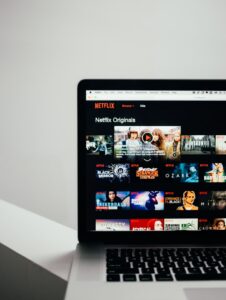
Cable TV, in comparison, works independently of the internet, making it a more reliable choice for viewers in areas with slow or unstable internet.
Additionally, those who are not tech-savvy may find the transition to streaming platforms a bit confusing or inconvenient.
Why People Are Cutting the Cord
The decision to cut the cable cord and move to streaming is often driven by a combination of cost savings and control.
Streaming generally provides more flexibility in what you watch and is cheaper than cable’s monthly fees. With the variety of content on platforms like Netflix, HBO Max, Amazon Prime, and so many more, it’s hard for cable to compete.
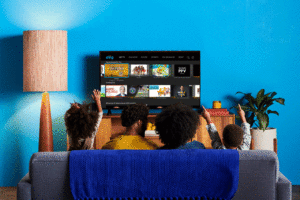
Viewers no longer feel they’re paying for dozens of channels they never use, and they can access everything from classic movies to newly released series with just a few clicks.
1. Power supply
One major disadvantage of cable TV compared to online TV is its reliance on a steady power supply. In places where power outages, or “blackouts,” happen frequently, such as with NEPA (the National Electric Power Authority) interruptions, cable TV becomes inaccessible whenever there’s a power cut.
This limitation affects the viewer’s experience, as they lose access to their favourite shows and are often left waiting for the power to return.
2. Exclusive shows
Another drawback is the limited availability of specific programs on cable. Unlike online TV, where viewers can access a wide variety of international content, including popular genres like K-dramas, cable often lacks a diverse selection of shows.
This restriction limits viewers to what’s available on their local channels, making it harder to enjoy popular series from other countries or genres that aren’t widely broadcast on cable.
The ability to watch exclusive, high-quality content only available on certain platforms has also played a significant role.
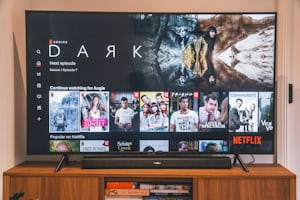
Original shows like Netflix’s Stranger Things or Disney’s The Mandalorian create a sense of exclusivity, drawing viewers who wouldn’t want to miss out.
This “content exclusivity” makes streaming a more attractive option, especially for younger audiences who are interested in buzzworthy shows and films.
Is Cable TV Still Relevant?
Though online TV seems to dominate, cable TV still has its place. Many people keep their cable subscriptions for local channels, sports coverage, and access to speciality networks that aren’t widely available on streaming services.
In households with older viewers, cable TV remains popular due to its familiarity and simplicity.
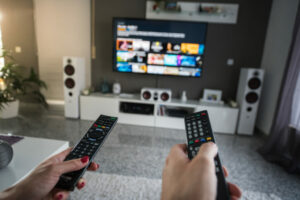
Man and woman with television remote control – stock photo
Cable companies are also trying to stay relevant by adapting to the changing market. Many cable providers now offer streaming apps or “cable bundles” that package internet, phone, and TV together.
Some even provide “skinny bundles,” which are smaller packages with fewer channels at a lower price. These changes are meant to give consumers more choice, though it may not be enough to retain viewers as the streaming wave grows stronger.
The Future of Television
As more viewers turn to streaming, it’s clear that the entertainment industry is moving toward a more digital, on-demand experience.
We’re seeing a world where TV content is readily accessible from any device, anywhere, and at any time, rather than being locked behind expensive cable packages.
Younger generations, in particular, have shown a preference for online TV, and as they age, the demand for traditional cable may decrease further.
However, cable might not disappear entirely. It could continue to serve specific demographics or adapt further to retain relevance.
Individuals now envision a future where cable and online TV work together, with hybrid models that blend the immediacy of live TV with the flexibility of streaming.
Meanwhile, streaming services may continue evolving, adding more interactive features or expanding live TV options to attract even more viewers.
Conclusion
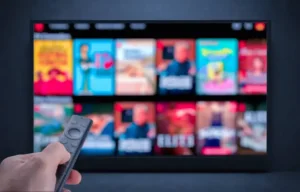
The rise of online TV over cable isn’t just a technology change; it’s an upgrade in viewer expectations and demands.
Online TV gives audiences more choice, control, and often better value. While cable still holds some ground with live events and local programming, its popularity is slowly waning as streaming continues to expand.
Whether this trend ultimately leads to the end of cable or a coexistence with online TV, one thing is certain: television as we know it is transforming, giving us more options and control than ever before.
The future of TV seems clear—it’s online, flexible, and tailored to fit our increasingly digital lives.
Tech
Apple Invests $500M in Rare Materials, Partners with California Recycler to Boost Supply
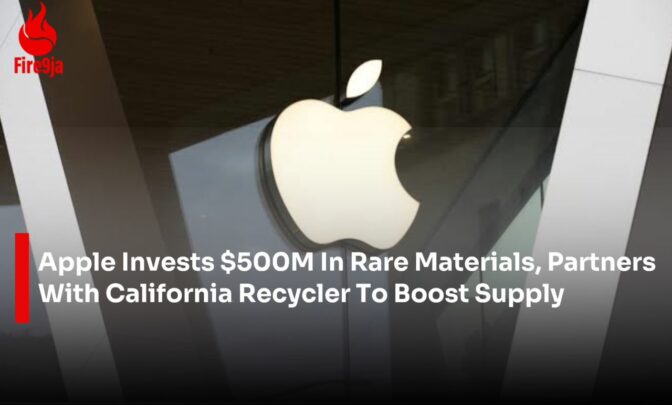
It has been noted that Apple is now investing $500 million in a new deal involving rare materials that will help improve and support its smartphones as they face pressure from President Donald Trump.
To resolve this pressure and issue, Apple has made a move to purchase rare earth magnets to help boost its sales in the U.S.
Apple has also decided to partner with a recycling company in California that will make use of the recycled rare materials used in Apple products.
According to Apple CEO, Tim Cook “American innovation drives everything we do at Apple, and we’re proud to deepen our investment in the U.S. economy. Rare earth materials are essential for making advanced technology, and this partnership will
Tech
MTN Group Welcomes David Behr as The New Chief Enterprise Business Officer

MTN Group announced their latest member as they appointed David Behr as the Chief Enterprise Business Officer, effective from the 1st of July, 2025. This new role will oversee MTN Group’s business functions and enterprise operations.
The Group Chief Commercial Officer, Selorm Adadevoh, released an official statement welcoming the new business officer “We are excited to welcome David to this new role as we continue to transform our enterprise business for the future. With his experience and leadership, we are confident that MTN will be better positioned to deliver integrated, next-generation solutions that enable Africa’s progress.”
Tech
MTN Nigeria Launches First-Ever Hybrid 400G-800G Optical Network with Huawei

It has been reported that MTN Nigeria came up with a strategic plan and collaboration with Huawei and has launched the country’s first hybrid 400G-800G Automatically Switched Optical Network (ASON).
The goal of this new operation is to increase broadband capacity in Nigeria, which will ensure fast and smooth transmission across the country’s high-traffic areas.
This can be noted as the first kind of implementation ever in Nigeria, which shows MTN’s determination to think ahead for the future and the betterment of the country.










